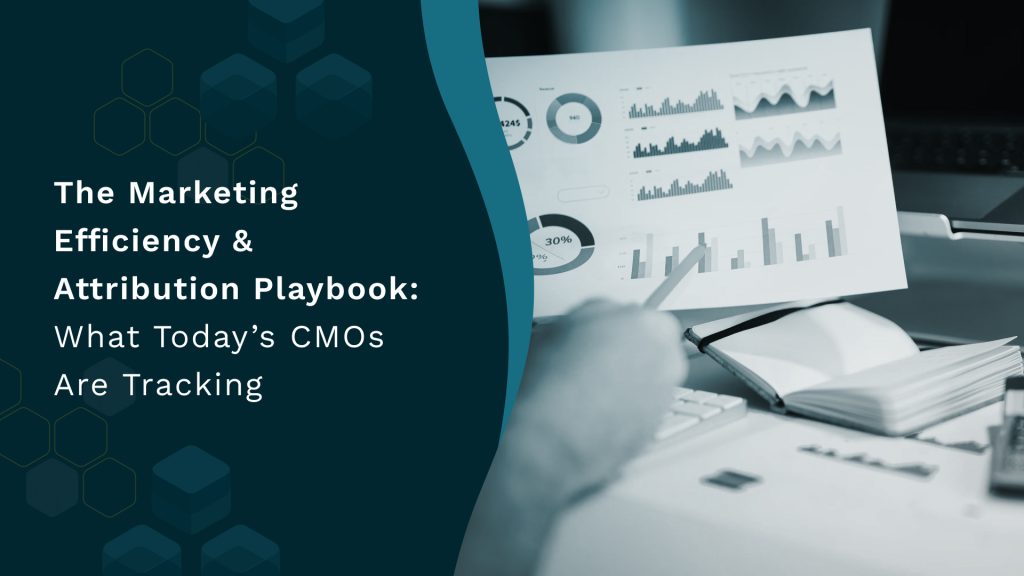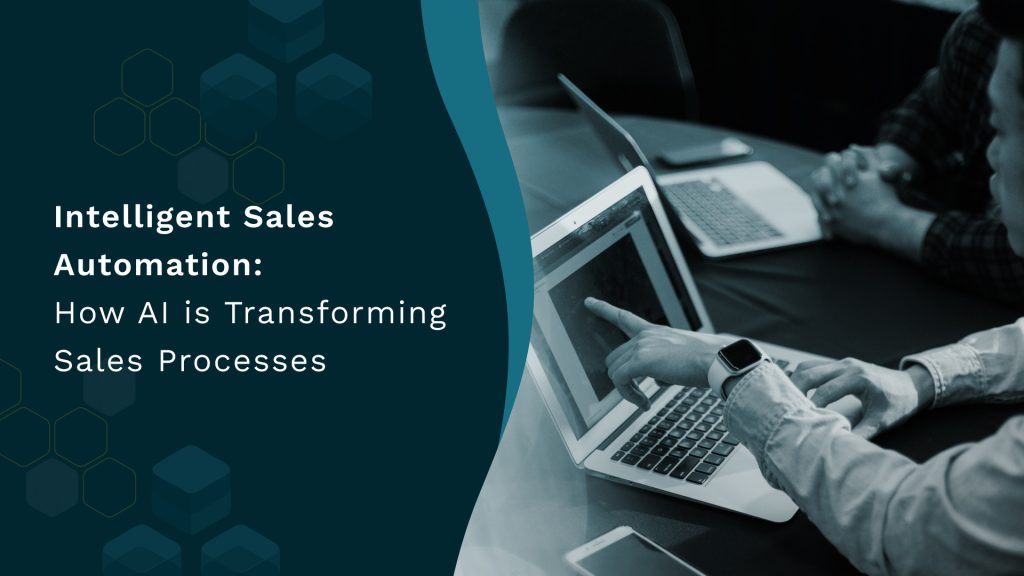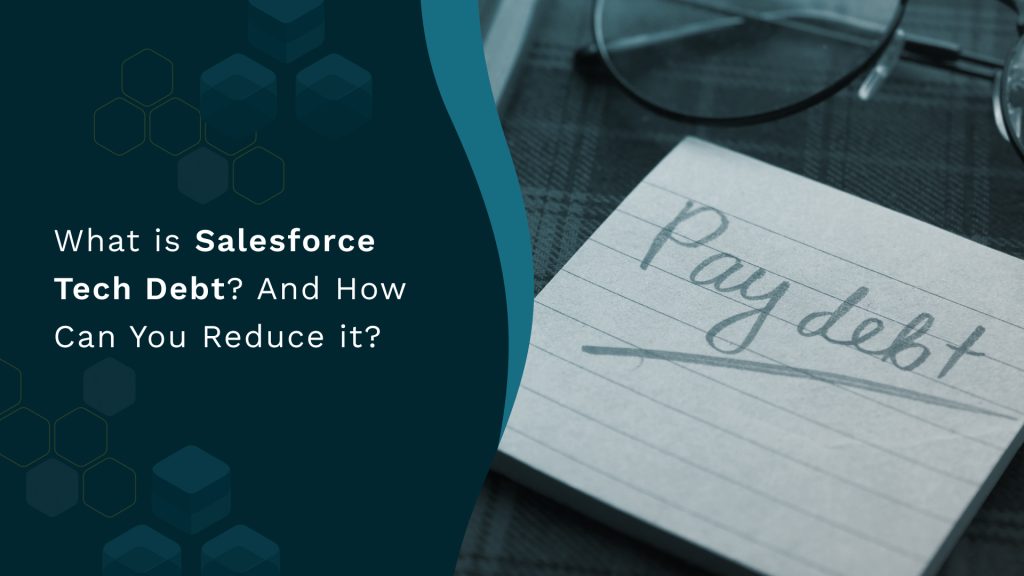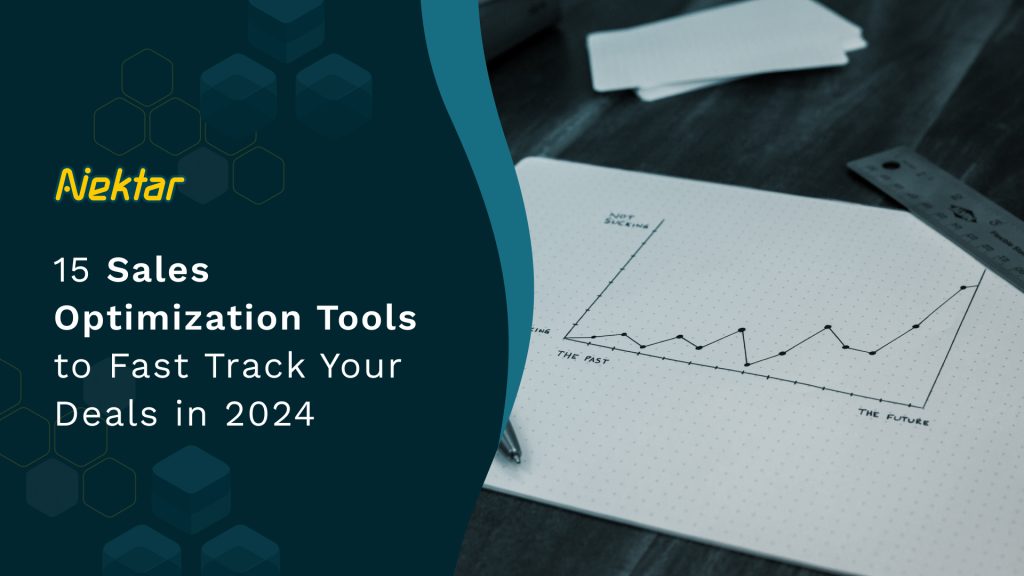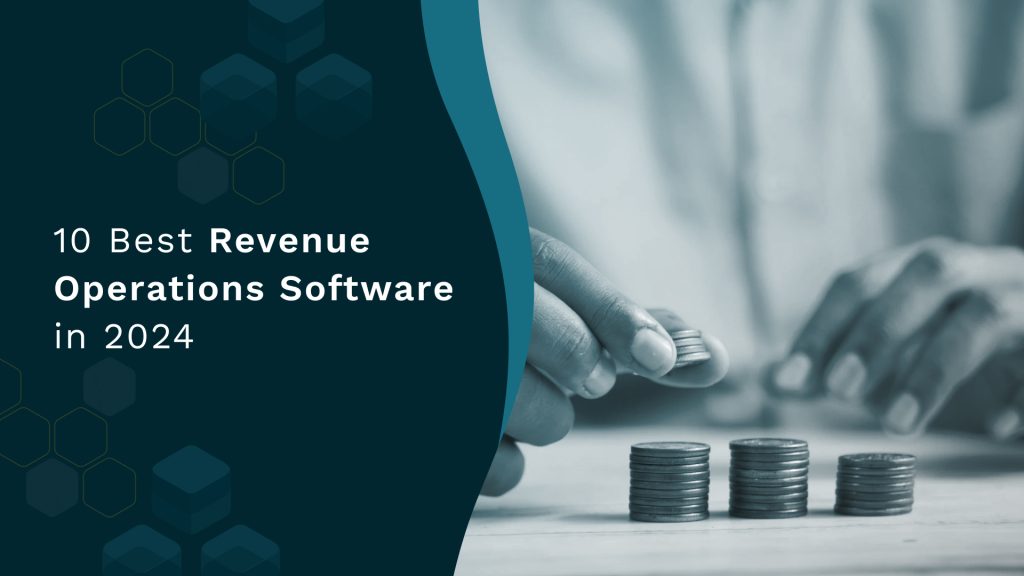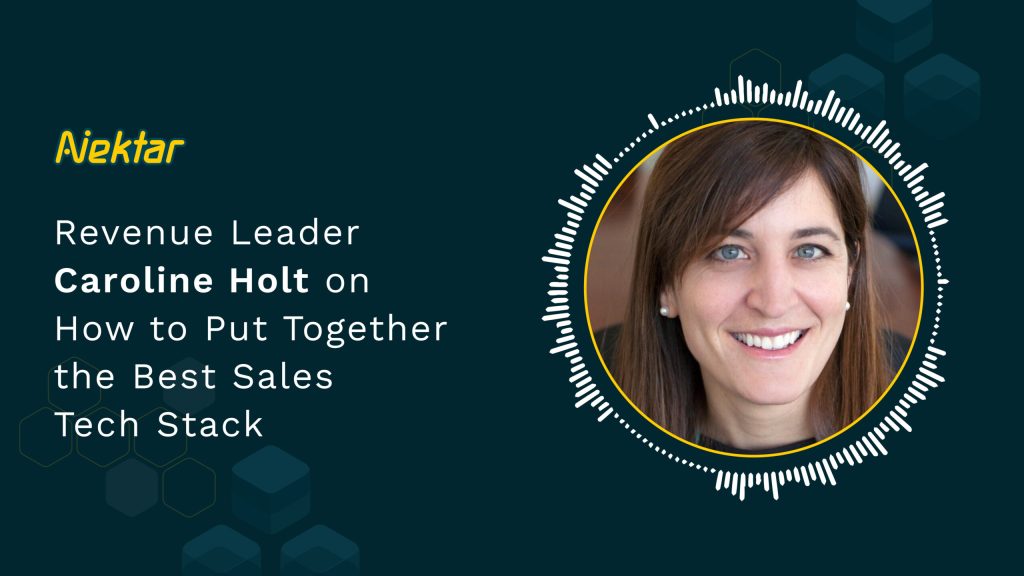Intelligent Sales Automation: How AI is Transforming Sales Processes RevOps 10 min Imagine this. You’re a sales rep juggling emails, follow-ups, and endless data entry. Your coffee is cold, your CRM is a mess, and before you know it, half your day is gone, with barely any actual selling done! Sounds familiar? You’re not alone. Sales studies reveal that professionals only sell 22% of the time. The rest goes to manual tasks. The result? Missed opportunities, slow sales cycles, and lost revenue. What if you had a super-powered assistant? It could handle the dull tasks, study customer behaviour, and forecast future sales trends. Intelligent Sales Automation does just that, using the magic of AI sales tools. By leveraging automation, businesses can streamline operations, boost efficiency, and maximize sales performance. This guide looks at the benefits of smart sales automation. We’ll share real-world examples and show how AI is changing sales strategies for success. What is Intelligent Sales Automation? Intelligent sales automation uses AI, machine learning (ML), and data analytics to automate repetitive sales activities. To optimize decision-making, these technologies analyze customer interactions, CRM systems, and market trends. Integrating AI sales tools lets businesses generate more leads, personalise interactions, and raise conversion rates—all without manual effort. How AI Enhances Sales Automation Artificial Intelligence (AI) has revolutionised the sales landscape. Here’s how AI-driven sales tools are making an impact: Customer Data Analysis: AI analyses sales conversations to identify trends and buying patterns. Predictive Sales Forecasting: Machine learning models provide accurate revenue predictions. Automated Email Sequences: AI personalizes follow-up emails based on customer behavior. Lead Scoring & Prioritization: AI ranks leads based on conversion potential. Chatbots for Instant Support: AI chatbots engage prospects and answer queries in real time. AI in sales is growing at an exponential rate, with adoption expected to surge by 139% between 2020 and 2023. Companies using AI-driven automation are finding a competitive edge. They boost efficiency and make sales cycles faster. 7 Powerful Use Cases of Intelligent Sales Automation 1. CRM Data & Contact Automation The Problem: Sales representatives spend a significant amount of time manually entering and updating customer data in CRM systems. In fact, 71% of sales reps cite manual CRM entry as a major time drain, leading to inefficiencies and lost selling opportunities. The AI Solution: AI-powered CRM automation streamlines data entry by capturing key customer details automatically. These intelligent tools extract information from emails, meeting notes, and other customer interactions to populate CRM fields accurately. This not only reduces manual errors but also ensures that sales reps have the most up-to-date customer insights at their fingertips. As a result, teams can spend more time engaging with prospects and closing deals rather than on administrative tasks. 2. AI-Driven Lead Management The Challenge: Generating leads is only the first step—effectively managing them determines conversion success. Companies that implement high levels of sales automation see a 16% increase in lead generation. However, manual lead qualification and follow-up can result in inefficiencies and lost opportunities. The AI Solution: AI-powered lead management takes the guesswork out of lead prioritization. Advanced algorithms assess lead behavior, engagement patterns, and historical data to score leads based on their likelihood to convert. Automated nurturing sequences then ensure timely and personalized follow-ups, keeping prospects engaged throughout the sales funnel. With AI handling lead segmentation and prioritization, sales teams can focus on high-value opportunities, boosting conversion rates. 3. Intelligent Sales Forecasting Why It Matters: Accurate sales forecasting is critical for business planning, resource allocation, and revenue growth. Yet, many sales teams struggle with imprecise forecasts due to reliance on outdated methods or incomplete data. The AI Solution: AI-driven forecasting analyzes historical sales data, market trends, and customer behaviors to generate highly accurate sales predictions. These insights allow sales leaders to make informed decisions regarding inventory, staffing, and revenue goals. AI also continuously refines its predictions by learning from new data, ensuring forecasts remain relevant and reliable over time. 4. AI Chatbots for Customer Support The Trend: AI-powered chatbots have experienced a 92% growth since 2019, highlighting their increasing role in customer interactions. The AI Solution: AI chatbots provide 24/7 support, instantly answering queries, assisting with product recommendations, and resolving customer concerns. These bots use natural language processing (NLP) to understand customer intent and deliver personalized responses. By handling routine inquiries, chatbots free up human sales agents to focus on complex, high-value conversations, ultimately improving customer satisfaction and efficiency. 5. Personalized Email Campaigns The Challenge: Generic email campaigns often fail to capture customer interest, leading to low engagement and poor conversion rates. The AI Solution: AI-driven email automation creates hyper-personalized content based on customer preferences, purchase history, and behavioral data. These intelligent systems craft subject lines, body text, and call-to-actions tailored to each recipient, significantly increasing open rates and conversions. By optimizing send times and content relevance, AI ensures that prospects receive the right message at the right time. 6. AI-Powered Sales Analytics The Insight: Understanding customer behavior and sales performance is key to refining strategies and boosting revenue. The AI Solution: AI sales analytics tools track sales trends, customer interactions, and conversion rates in real-time. These insights enable sales teams to identify successful tactics, pinpoint weaknesses, and adjust their strategies accordingly. AI also provides predictive analytics, helping businesses anticipate customer needs and proactively address market changes. 7. Sales Gamification for Performance Boost The Stat: A whopping 90% of employees say gamification improves their productivity, making it a valuable tool for sales motivation. The AI Solution: AI-powered gamification systems track sales performance, rewarding top performers with incentives, leaderboards, and performance-based challenges. These systems create a competitive yet engaging environment that motivates sales teams to achieve their targets. By integrating AI insights, gamification strategies can be customized to match individual and team goals, fostering a culture of continuous improvement. How Intelligent Sales Automation Benefits Businesses Let’s look at how sales automation actually benefits businesses: 1. Automates Repetitive Tasks The Impact: Businesses can automate over 30% of sales activities, significantly freeing up time for strategic selling. The
